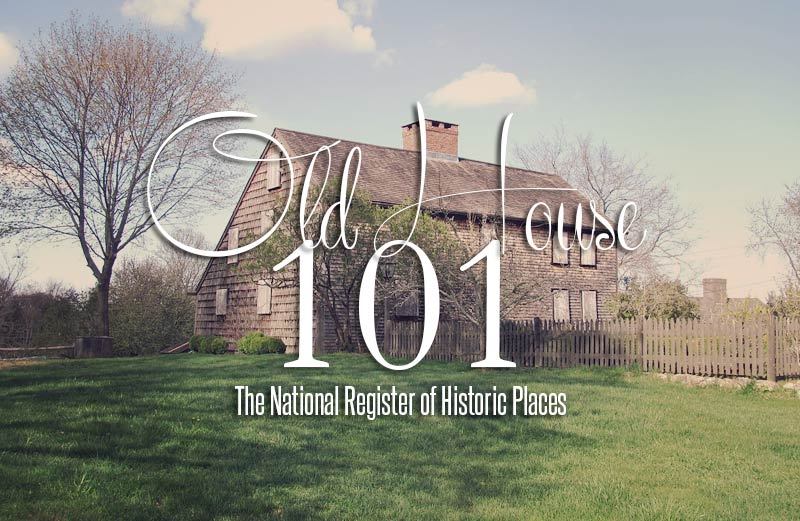by Jon Valalik (photo of the Leander Reeve Stone House in Hampton, IA by Ann Sullivan-Larson)
If you own an historic home, the State Historic Preservation Office might turn out to be your new best friend! Read all about it in this week’s edition of Old House 101.
The State Historic Preservation Office’s main purpose is to survey, document and nominate historic properties for the National Register of Historic Places, as well as support their rehabilitation. In addition to physical conservation, they promote historic preservation at a smaller scale by helping local communities educate and address issues of preservation with the public in their respective states. If you own an old house, there are some perks in here for you, too!
So, what exactly is a SHPO?
The early stages of what would become the State Historic Preservation Office/Officer, or SHPO (as we preservation geeks like to call it!), was created in 1966, as part of the National Historic Preservation Act, or NHPA, to aid in the recognition and preservation of state and local government’s historic fabric. Prior to its establishment, preservation was looked at through a national lens. Back then, objects of local historical significance were often deemed undeserving of preservation and usually completely overlooked. Through the National Historic Preservation Act and its implementation of the State Historic Preservation Program, the importance of the State Historic Preservation Office has grown along with its obligations and responsibilities.
The State Historic Preservation Office’s main purpose is to survey, document and nominate historic properties for the National Register of Historic Places, as well as to support their rehabilitation. In addition to physical conservation, they promote historic preservation on a smaller scale by helping local communities educate the public regarding local preservation issues.
What can the SHPO do for owners of historic homes?
For owners of older and historic homes not listed on the National Register of Historic Places, the State Historic Preservation Office in your state is your first point of contact. Step by step guides are often included on your state’s SHPO website and, though they are similar in most cases, some rules and regulations differ from state to state, and it’s important to find the State Historic Preservation Office located in the same state as the property you wish to nominate. The nomination process can be long at times, but your SHPO employs experts and advocates in the field of historic preservation that are eager and willing to help you through it.
Another function of the SHPO, which should interest owners of historic homes, is to administer tax incentives and grants associated with their rehabilitation, as well as advise and assist with the rehabilitation itself. Certain standards and guidelines of rehabilitation have been set to protect the historic integrity of a property, and significant financial incentives are offered to those who adhere to these standards.
How does the SHPO affect local and statewide preservation?
On a wider scale, the State Historic Preservation Office is responsible for building and implementing the statewide historic preservation plan. This plan includes strategies for educating the public on issues of preservation, building a broad statewide survey and inventory of historic properties, assisting local governments in developing their own preservation plan, and much more.
Another important role of the SHPO is to serve as an advisor for the Section 106 review process. Section 106 refers to the portion of the National Historic Preservation Act that requires Federal agencies to consider the effects of its actions on historic properties, and gives an opportunity for comment and opposition based on potential adverse consequences.

AUTHOR JON VALALIK
Jon grew up in South Carolina and studied Historic Preservation and Community Planning at the College of Charleston. His time in Charleston sowed a deep appreciation for both classical and vernacular styles and the importance of their conservation. He is currently working in Charlotte, North Carolina and hopes to break into the field of architectural preservation soon.




